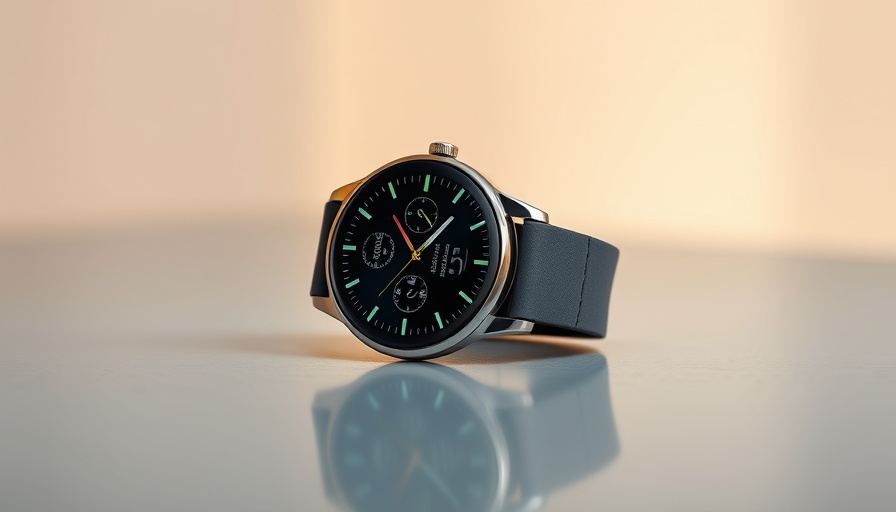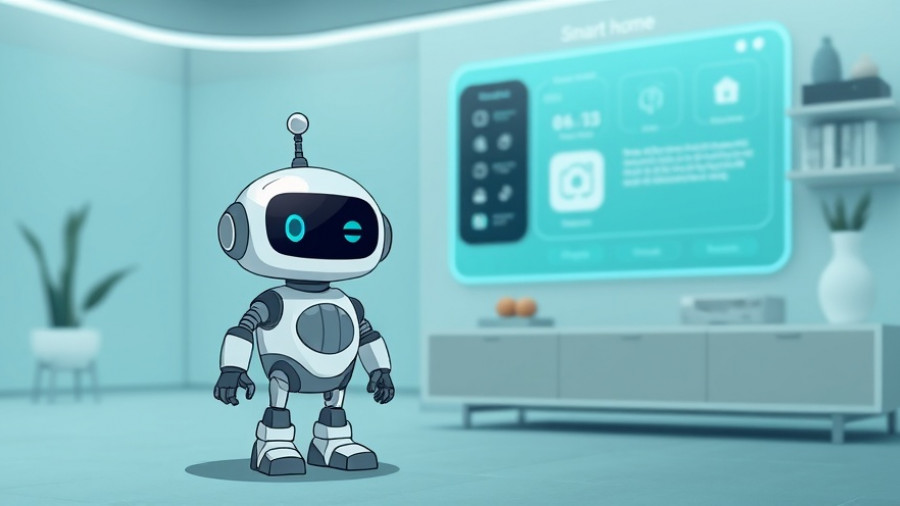
Is Your Sleep More Accurate? The Impact of Fitbit's Upgrade
If you’re one of the many who track their sleep with Fitbit, you might have noticed a change recently—a surge in recorded awake events during the night. No, it’s not a glitch; it’s part of a well-planned enhancement aimed at making your sleep data more precise. This update signals an exciting leap forward in sleep tracking technology, and it’s great news for those committed to understanding their health better.
How Fitbit’s New Features Enhance Sleep Monitoring
Fitbit recently announced that their systems have undergone tweaks to improve sleep accuracy. This means that while you might feel you slept soundly, your Fitbit is revealing a different story—showing a more detailed account of brief awakenings throughout the night. Even if these awakenings were previously unrecognized, their tracking now enriches your understanding of how much quality rest you're actually getting.
What This Means for Your Smart Home Experience
For tech-savvy homeowners interested in smart and connected homes, this update is especially relevant. Seamless integration of wearable technology, like Fitbit, into smart home systems can offer a comprehensive view of your overall health and lifestyle. Imagine having your sleep data inform your home environment—adjusting lights, temperature, or even playing soothing sounds to improve your rest cycle.
The Lifecycle of Sleep Tracking: Historical Context
Sleep tracking isn’t a new phenomenon. Originally, people relied on simple sleep diaries or worn out alarm clocks to log their evening habits. The evolution into smart wristbands and sleep apps marks a significant shift. Users can now capture and analyze complex data which was once unimaginable. Recognizing this trend showcases not only technological advancements but the growing awareness about personal health and well-being.
The Next Big Thing: Future Predictions for Fitbit and Sleep Tech
As Fitbit prepares for its 'Made By Google' event, the community anticipates even more innovations in sleep technology. Expected announcements may extend beyond just sleep tracking—potentially integrating enhanced algorithms or new features that link directly with smart home devices. As sleep becomes a bigger focus in our health journeys, what features might we see that promote better bedtime habits or comfortable environments?
Connecting for Better Sleep: Emotional and Human Interest Insights
For many, the quality of sleep isn’t simply about the number of hours spent in bed. It’s an emotional investment tied to how we function in our relationships and daily lives. The excitement around improved sleep tracking reflects a collective understanding of how vital sleep is to our overall well-being. More accurate sleep data may lead to better lifestyle choices, which ultimately impacts families and communities.
Practical Insights: Tips for Ensuring Better Sleep
In light of these advancements, it’s essential to foster an environment conducive to quality sleep. Here are a few practical tips: 1) Establish a consistent bedtime routine, 2) Make your bedroom a tech-free zone by the hour before sleep, and 3) Consider utilizing smart home technology to set reminders for sleep preparedness. This way, your data won’t only be accurate; it’ll also prompt actionable insights for better overall rest.
Final Thoughts: Embracing the Future of Sleep Tracking
As the landscape of sleep tracking continues to evolve, so too does our ability to maximize our health through data. With Fitbit leading the charge through innovative updates, there’s never been a more exciting time to take control of our sleep—and, by extension, our health. For homeowners in London and beyond, integrating these technologies into daily routines can elevate the community’s approach toward sustainable living and connected homes.
If you’re looking to dive deeper into how technology can enhance your quality of life, make sure to explore the latest updates from Fitbit and other smart tech innovations. Embrace the future and take actionable steps for better health in your home environment!
 Add Row
Add Row  Add
Add 




Write A Comment